
The High Court last week convicted businessmen Mike Chimombe and Moses Mpofu over the US$87 million Presidential Goat Scheme tender, with pre-sentencing set for 31 October 2025. The duo was found guilty of fraud over a sum of ZWL1.6 billion pegged equivalent to USD7,712,197. The State has signalled that it will seek forfeiture of assets linked to the offence. That raises a key question: how does asset forfeiture actually work in Zimbabwe?
The legal toolkit
Zimbabwe’s asset recovery regime mainly sits in the Money Laundering and Proceeds of Crime Act [Chapter 9:24] (MLPCA). Two pillars matter most:
- Civil (non-conviction-based) forfeiture – The Prosecutor-General can ask the High Court to forfeit “tainted property” on a balance of probabilities, even without a criminal conviction, under sections 79–80 of the MLPCA. This is aimed at property that is the proceeds of, or instrumental to, serious crime.
- Unexplained Wealth Orders (UWOs) – Inserted via 2018 temporary regulations and later enacted in amendments, sections 37B–37I empower specified authorities (ZACC, ZIMRA, ZRP) to seek High Court orders compelling a person to explain wealth that appears disproportionate to known lawful income. Courts can pair a UWO with an interim freezing order to preserve assets during inquiries.
Zimbabwe’s Asset Forfeiture Unit (AFU) in the National Prosecuting Authority coordinates identification, tracing, freezing and confiscation—often with cross-border cooperation.
Related Stories
Practical effect: If the State believes goats-scheme proceeds funded assets, it can either (a) seek criminal confiscation after conviction, or (b) run parallel civil forfeiture aimed at the assets themselves, and (c) where appropriate, deploy UWOs and interim freezes to hold property while the owner is required to explain its provenance.
Recent, real precedents to watch
- Civil forfeiture granted (workplace fraud case): In Prosecutor-General v Matinyarare & Ors (2023), the High Court entertained a civil forfeiture bid under ss 79–80 targeting two immovables and three vehicles, illustrating how the civil route is used against suspected proceeds even outside headline corruption trials.
- Unexplained Wealth Order—interim freeze challenged: In Chibage & Another v Prosecutor-General & Ors (2023), the High Court dealt with a bid to set aside an interim freezing order obtained alongside a UWO (under s 37B read with s 37I). The judgment sets out procedural discipline around how such interim orders can be varied or discharged—useful for anyone fighting or defending a freeze.
- Freeze lifted for State inaction (2025): In the Tobias Zangairai matter, the High Court lifted a two-year asset freeze over alleged unexplained wealth, criticising the Prosecutor-General for failing to progress the case. The ruling is a cautionary tale: freezes can’t be left hanging indefinitely without diligent follow-through.
- Supreme Court signals on forfeiture linked to fraud: In Prosecutor-General v Chidemo (2024), emanating from ZIMRA-related fraud, the record reflects the State’s pursuit of forfeiture of properties alleged to have been purchased with illicit funds—reinforcing that fraud-tainted assets are squarely in the crosshairs.
- Earlier civil forfeiture practice: The High Court has previously granted civil forfeiture orders under s 79–80, underscoring that non-conviction-based recovery is not novel in our courts.
There has been debate about the UWO trigger threshold (reportedly moved up to US$100,000), with concerns that too-high a bar may blunt investigations. Whatever the policy view, it’s a live parameter practitioners and targets need to understand when assessing UWO risk.
What this means in the Chimombe/Mpofu context
With the fraud conviction recorded, the State can pursue post-conviction confiscation of assets deemed proceeds or instrumentalities of the offence. In parallel—or if particular assets are suspected beyond the precise counts of conviction—the State may still navigate civil forfeiture channels, provided it meets the balance-of-probabilities test and procedural safeguards. Expect rapid moves to freeze and restrain property pending final orders, but note the judiciary’s recent insistence on timely prosecution and procedural rigour (as in Zangairai).
Sources: MLPCA text and amendments; NPA AFU overview; High Court/Supreme Court judgments and recent reports on asset-freeze litigation, ZimLII, media coverage of Chimombe trial

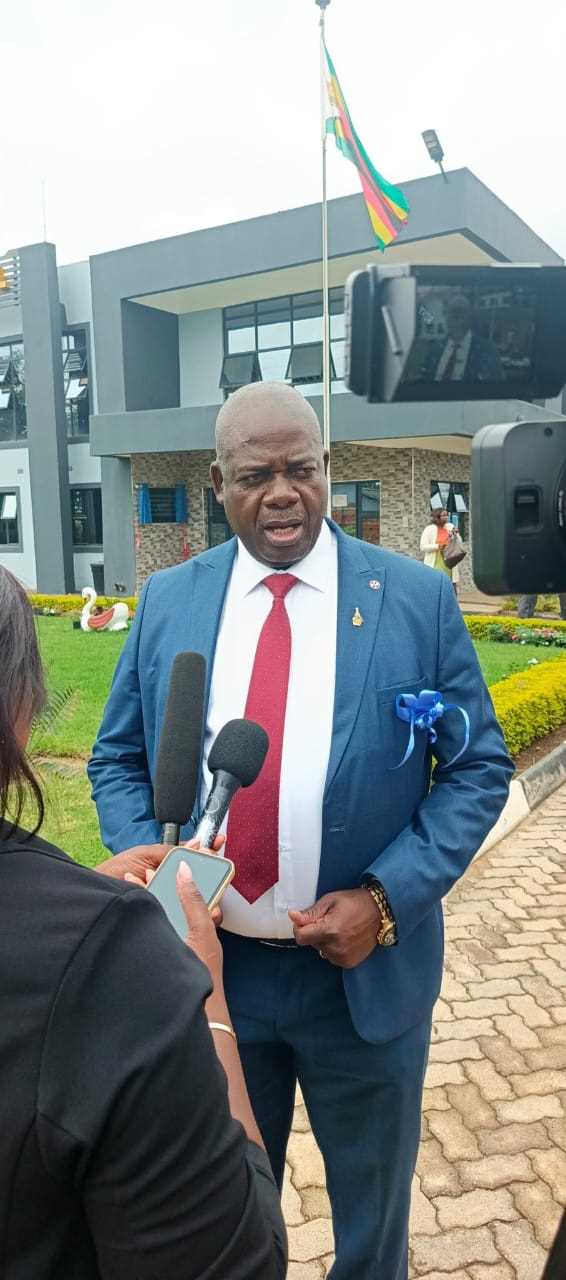
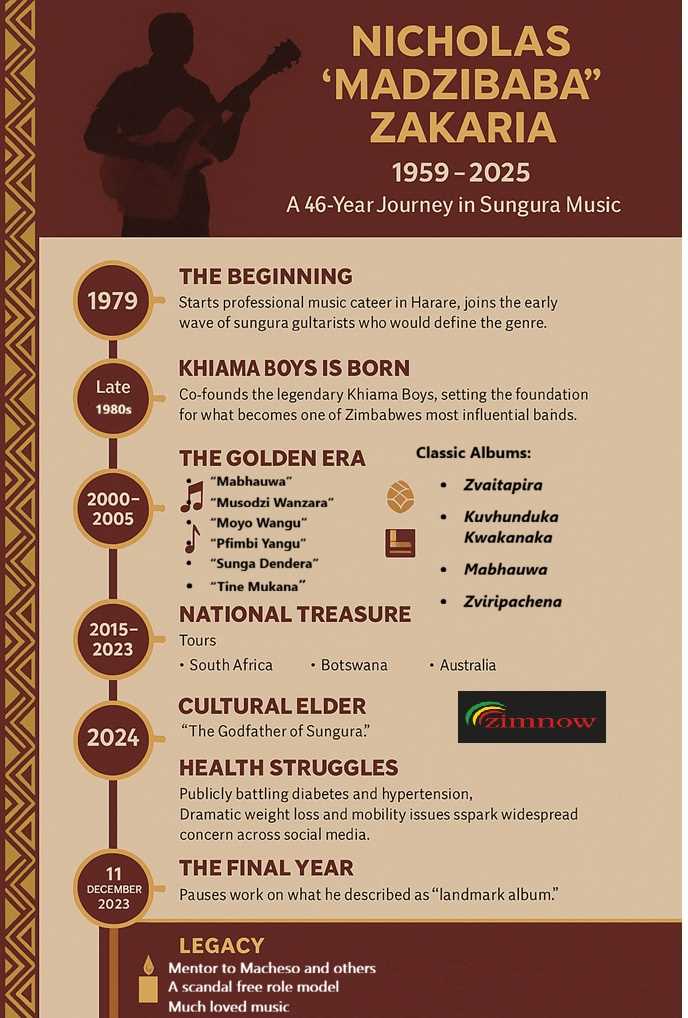

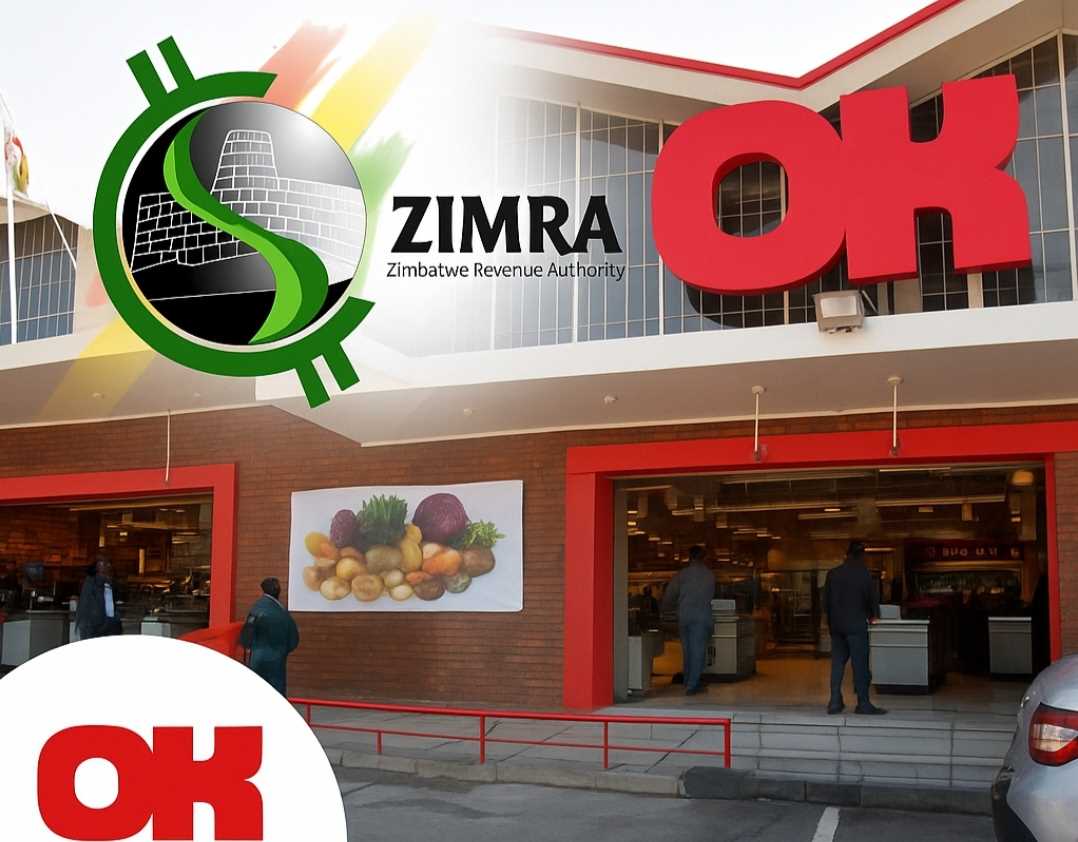
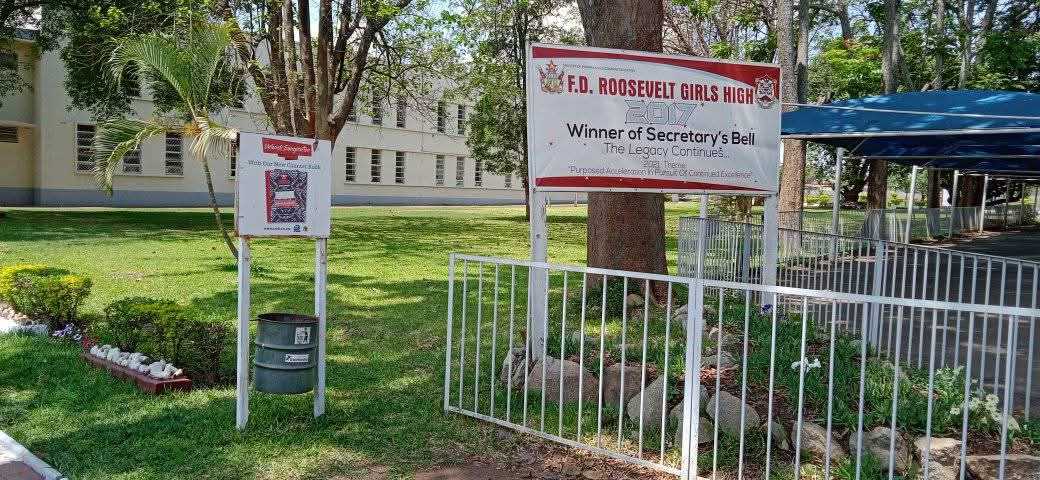

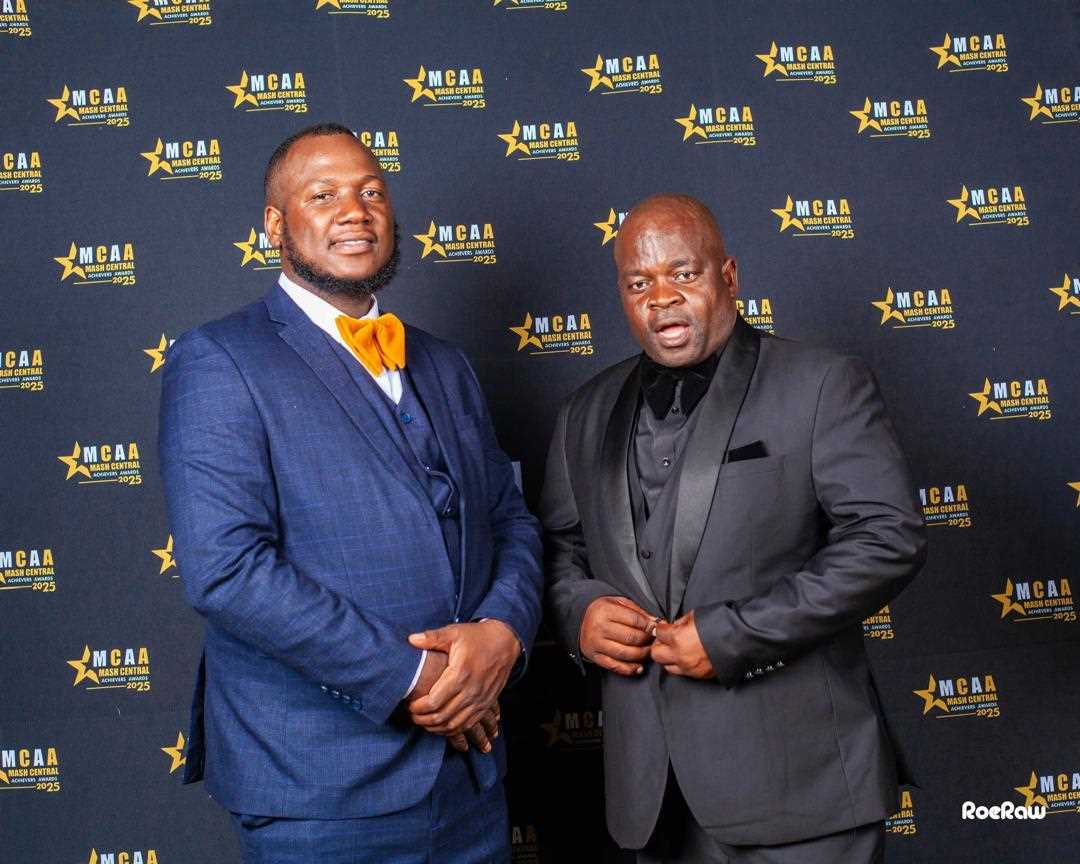











Leave Comments